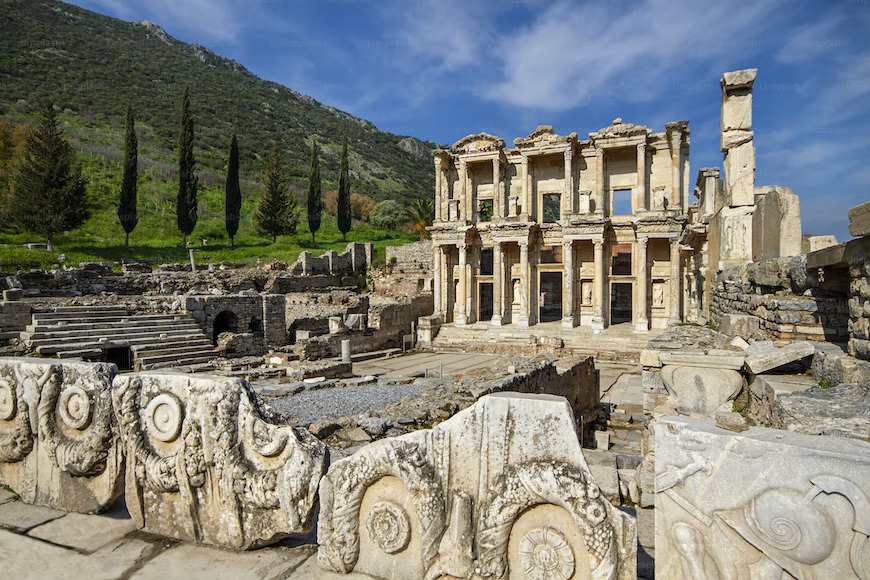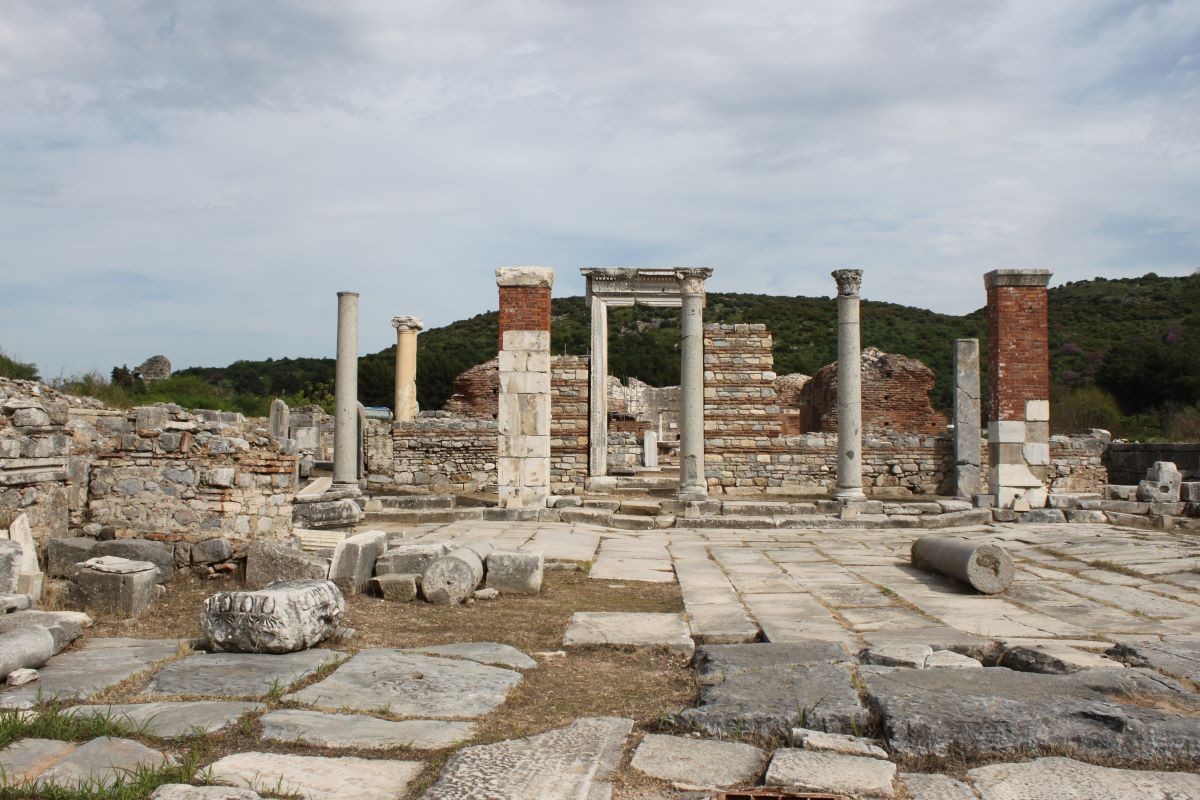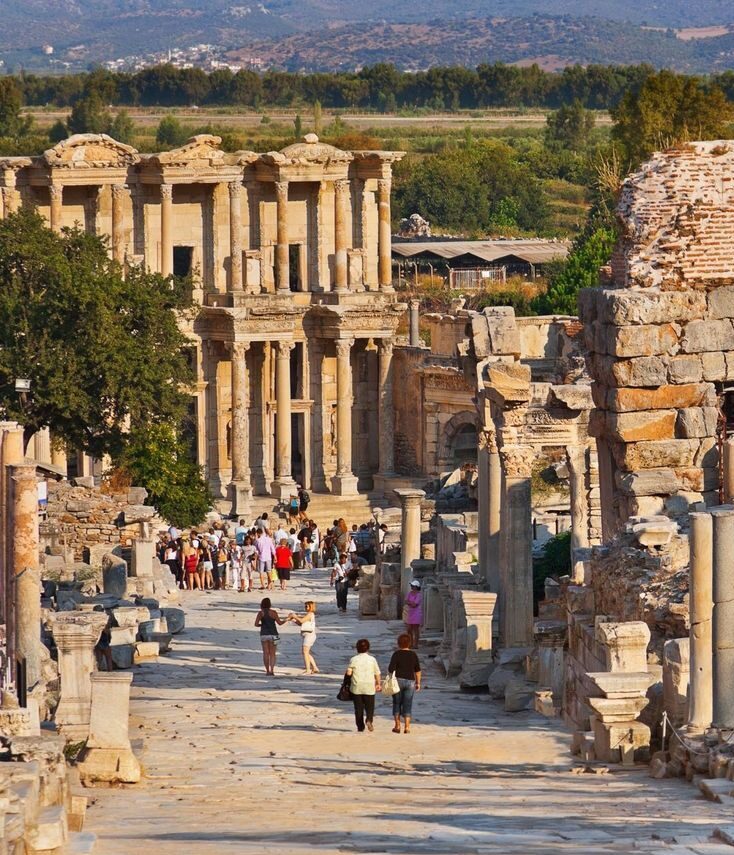The ancient city of Ephesus is a site of remarkable historical significance, with a…

Tracing the History of Ephesus 1: From Prehistoric Times to Early Civilization
Ephesus is a city that has a long and fascinating history, stretching back to the Neolithic period. During this time, the settlement was a small village of hunter-gatherers who lived in simple dwellings made of mud bricks and reeds. Despite their simple way of life, these early inhabitants of Ephesus were skilled in agriculture and animal husbandry, and they had developed a rudimentary system of irrigation to cultivate crops.
As the population grew and trade became more important, Ephesus evolved into a center for metalworking and trade during the Hittite period. The Hittites were an ancient civilization that ruled over much of Anatolia during the Late Bronze Age. They were known for their advanced metallurgy and were skilled in the production of bronze weapons and tools. Ephesus was strategically located near the coast and had access to valuable resources such as timber, copper, and silver, which made it an important center of trade and commerce. The city was connected to other cities in the region through a network of roads and sea routes.
During the Hittite period, Ephesus also became a center for religious worship. The Hittites were polytheistic, and they built several temples and shrines in the area. The city was dedicated to the worship of the goddess Cybele, who was associated with fertility and the earth. The religious significance of Ephesus helped to give it a sense of cultural identity and purpose.
As the Hittite Empire declined, Ephesus fell under the control of several different powers, including the Lydians, Persians, and Greeks. Each new ruler brought their own culture and traditions, which helped to shape the city’s identity and character. Under the Greeks, Ephesus became a thriving city and a center of learning, culture, and philosophy. It was during this period that the city’s most famous landmark, the Temple of Artemis, was built. Considered one of the Seven Wonders of the Ancient World, the temple was a magnificent structure that stood over 60 feet high and was adorned with sculptures and intricate carvings.
Throughout its history, Ephesus continued to evolve and grow, with each new civilization leaving its mark on the city. Despite the many changes the city has undergone over the centuries, its prehistoric and early history is characterized by its growth and development as an important center of trade, commerce, and religious worship. Its location near the coast and access to valuable resources helped to make it a hub for trade, while its religious significance gave it a sense of cultural identity and purpose. Today, the city’s ruins are a testament to its rich and varied history, and serve as a fascinating window into the ancient past.




This Post Has 0 Comments